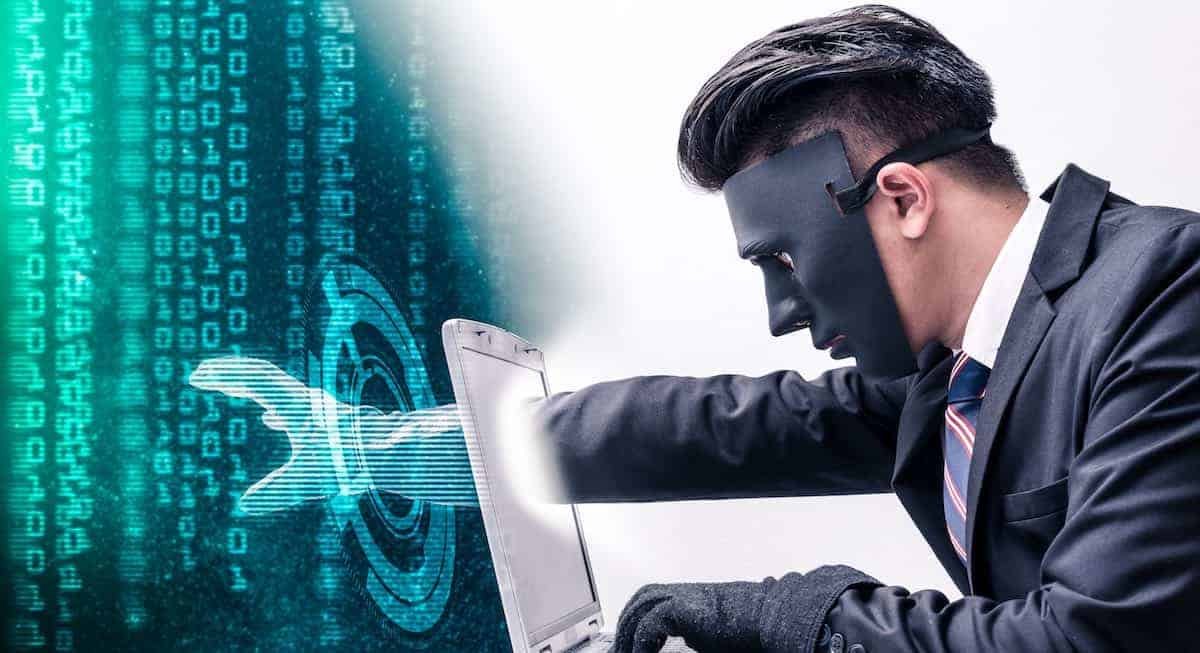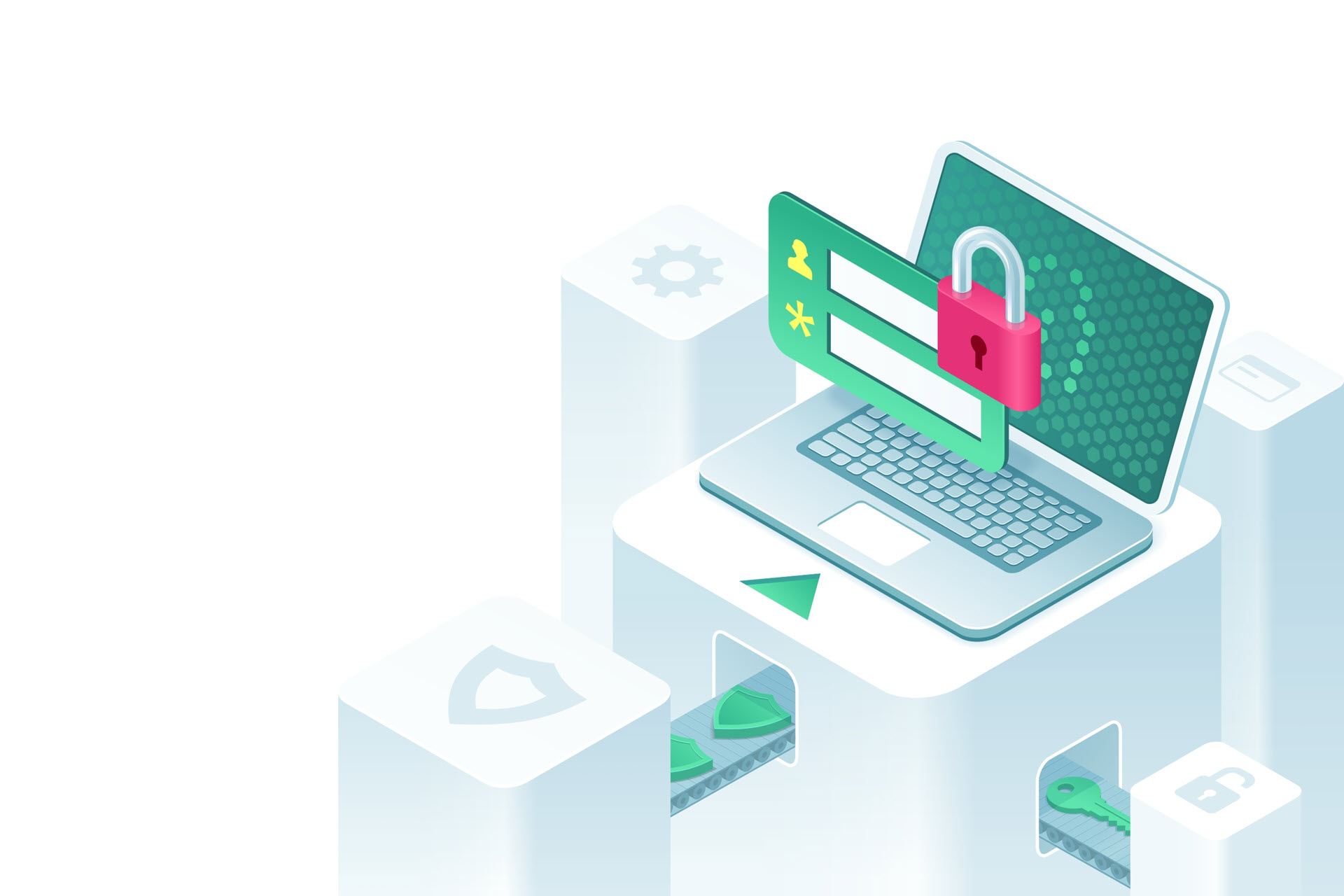Employees love to use social networks at work. Security awareness training on the dangers of social media is critical.
For example, an Instagram leak was discovered that let hackers scrape millions of user accounts emails, phone numbers, and other sensitive contact data.
Many high profile users were affected by the hack. While this only meant changing phone numbers or addresses for many, others were affected in a much more profound way.
This information became prime material for social engineering attacks on other personal and business related accounts.
What can be done to address social media security concerns in the workplace? Much.
The purpose of implementing a social media security strategy is to enable staff to do their job without compromising security.
Social media security tips and best practices
1. Implement a Social Media Officer
Of course, a system administrator already has enough on their plate to be adding constant worry about social media to it as well! Delegate the task of social media security to another employee.
They should check in on company social media accounts and make sure everyone is following security best practices. The social media protection officer can also assist in educating employees on security issues and regularly test to make sure they retain what they’ve learned.
2. Limit Private Company Information On Social Networks
If the company goes on a retreat, sometimes you or others may be tempted to upload photos and posts about them on the company’s social media. Advertising everyone is away may be tipping off hackers that now is the right time to attack the company’s network and/or servers.
For this, company vacations should not be mentioned on social media until everyone is back at work. So everyone can enjoy vacation time instead of panicking over a security breach. Save the vacation photo sharing for your return.
3. Train Employees on Social Media Security Best Practices
Employees need to be trained to keep personal information private. Sometimes the weakest link is the employees themselves, and malicious criminals know this. This is why sometimes the target isn’t the social media accounts, but the employees behind them.
This information isn’t useless. It can be used to reset the password on not only their social media accounts but possibly company-related accounts as well. This is why it is vital that employees understand that under no circumstances should they give this information out to anyone.
Test employees regularly to make sure they know how to deal with phishing and scams. Put posters around workspace areas to keep them reminded of how to keep private information and data safe. Keep training employees regularly on social engineering techniques to keep the knowledge fresh in their minds.
4. Check Company Account Privacy Settings
Some social media platforms reset privacy settings every time the platform gets updated. Other times someone may change a privacy setting on accident. Malware may even get to a company account undetected from an authorized user’s account and change the security settings.
Since you never know when a security setting may get changed, it is vital to check these settings regularly. If anything seems out of place, make sure that all settings are as they should be. A misplaced security setting can lead to much public embarrassment for the company, or worse, the company account may become compromised and hacked.
5. Stay Up To Date
Significant risks can be reduced by ensuring software up to date. While it may be tempting to slack off on updates, in the long run, it will save more time and money to keep company software updated regularly.
6. Safe Use of Social Media With Two Factor Authentication
The best strategy starts with password security. Always enable two-factor authentication.
Biometrics may help make the transition less painful. Facial recognition and fingerprint scanners have become common on many laptops and mobile devices. With the proper training, employees will be comfortable and may even find two-factor authentication easier than the old system of using static passwords.
7. Perform Security Audits on Company Accounts
- Security settings — Have there been any recent platform updates that require the security settings be changed?
- User access —Do any users need their account access removed? Do any users need account access granted?
- User publishing privileges— Do any users need their publishing privileges revoked? Do any users need publishing privileges granted?
- Recent security threats— Are there any current security threats reported in the news that affect the company’s account? If so, has the company’s account and network appropriately been patched? Have malicious sites been blacklisted?
8. Secure All Devices
Mobile devices are typically the most insecure devices on any network.
Ensure all devices are protected. This includes implementing:
- Anti-virus software: Everyone should be using anti-virus software that scans every application as it is downloaded and installed for malware which can hijack social media accounts.
- Firewall or VPN: Employees should be using a firewall or a secured VPN for both mobile and Wi-Fi access to stay protected against hacking attempts.
- Encryption: Phone data should be encrypted in case the phone is stolen to keep data from being compromised.
- Secure passwords: Strong, secure passwords cannot be stressed enough when using social media. Every administrator knows how difficult it is to get employees to use unique, secure passwords. A company password manager can be a solution. It is a one-click solution to creating safe, unique, encrypted passwords.
9. Social Media Management Platforms
Another way to make social media management easier is to use a management platform that consolidates all the company accounts in one place. These platforms make it easier to manage social media by combining all the company accounts in one area. Some examples of this include Hootsuite and Buffer.
Social Media Security Awareness Checklist
- Start by developing a social media policy.
- Don’t advertise company vacation time. This can be announcing the right time to launch a cyber attack.
- Be proactive with network security on all devices and networks. This includes cell phones, and it also means keeping social media off the company’s business network.
- Use multi-factor authentication methods. So if a password does get compromised, the user’s account stays secure.
- Be Aware. Stay aware of current security vulnerabilities that are relevant to your company’s network and devices, and keep them well patched and secured against these vulnerabilities.
- Teach employees about social media security threats with consistent training and security awareness programs.
- Make sure employees learn how to identify phishing emails, and stay alert when clicking on email links.
- Use social media management software to track company accounts.
- Keep personal information private. Hackers are always looking for a way to get personal information that can open the door to gaining account access.
Mitigate Social Media Security Risks
As the Instagram hack taught us all, security is in the eye of the system administrator when securing company data.
With all this taken into account, your company should be well protected against any social media vulnerabilities. The best policy of all is no social media should ever be used on the company’s business network.
Take control of your social media space today!



